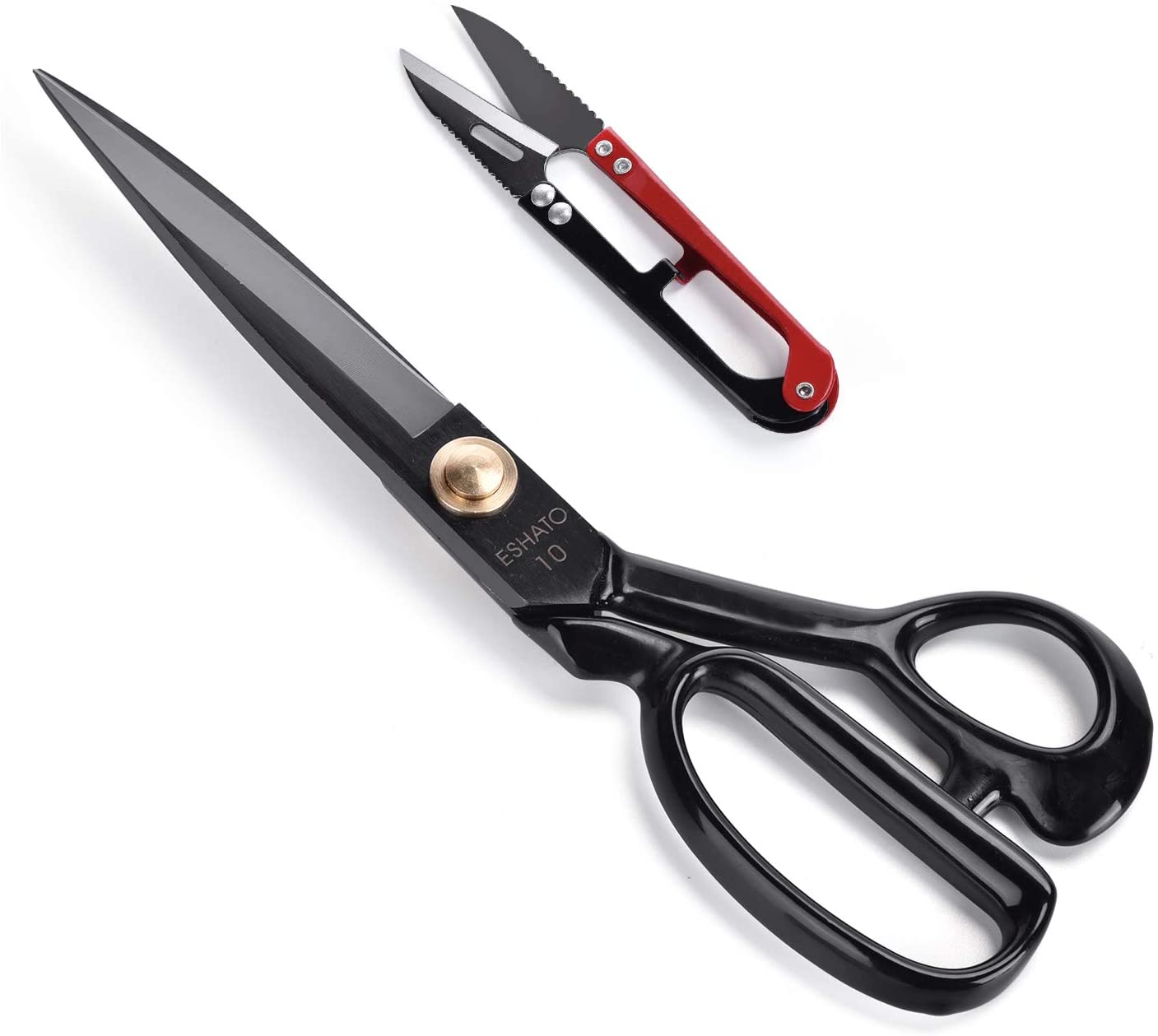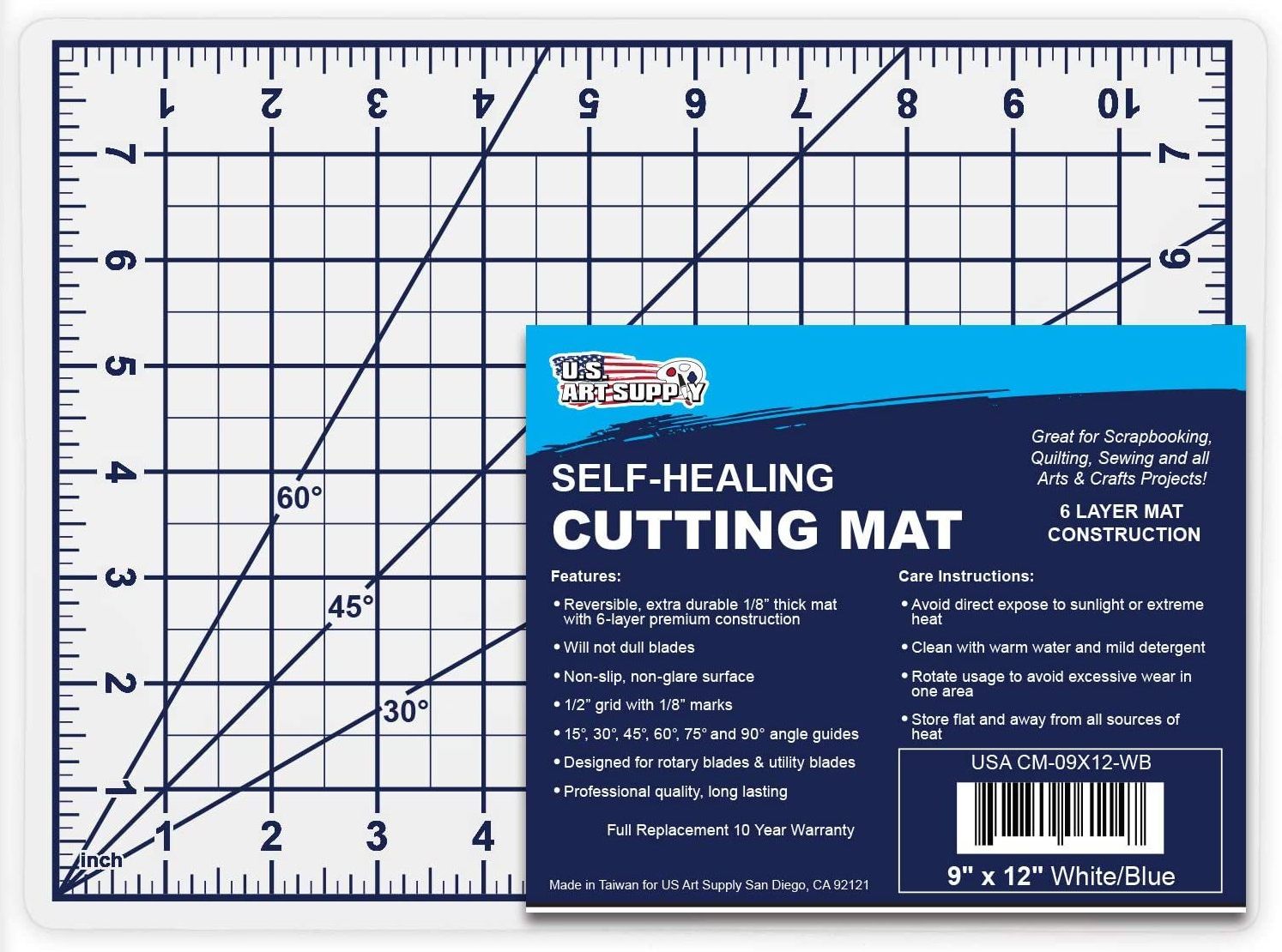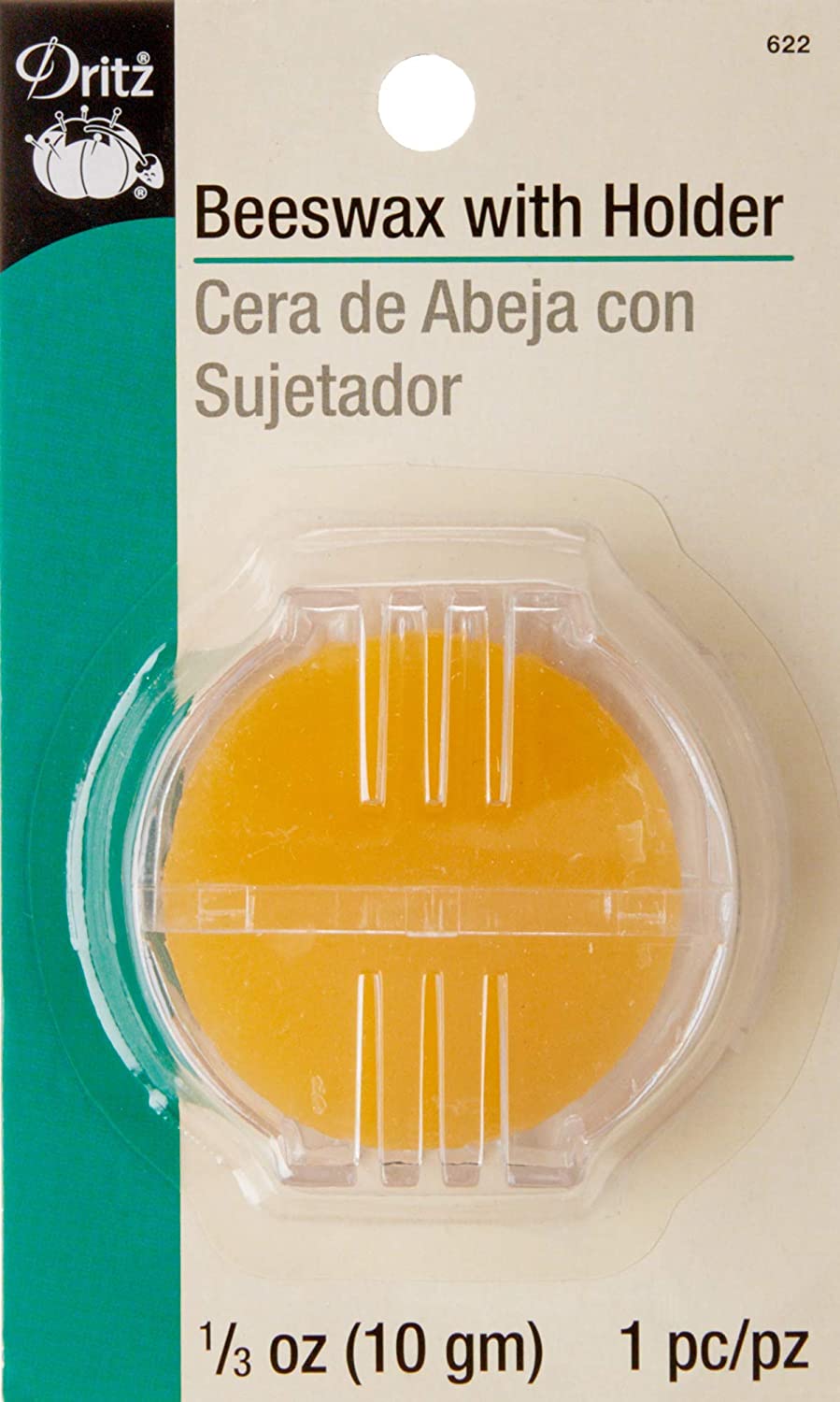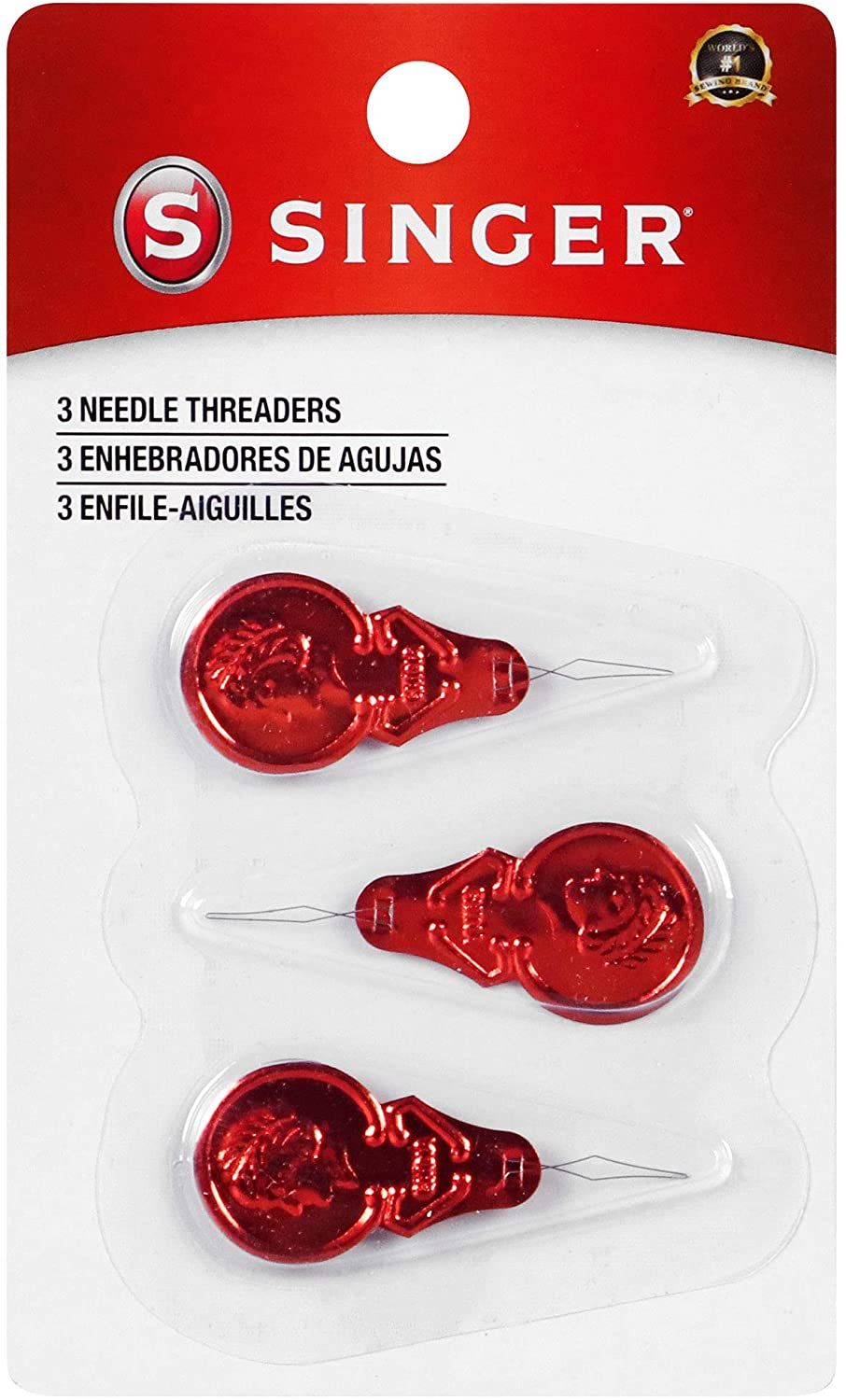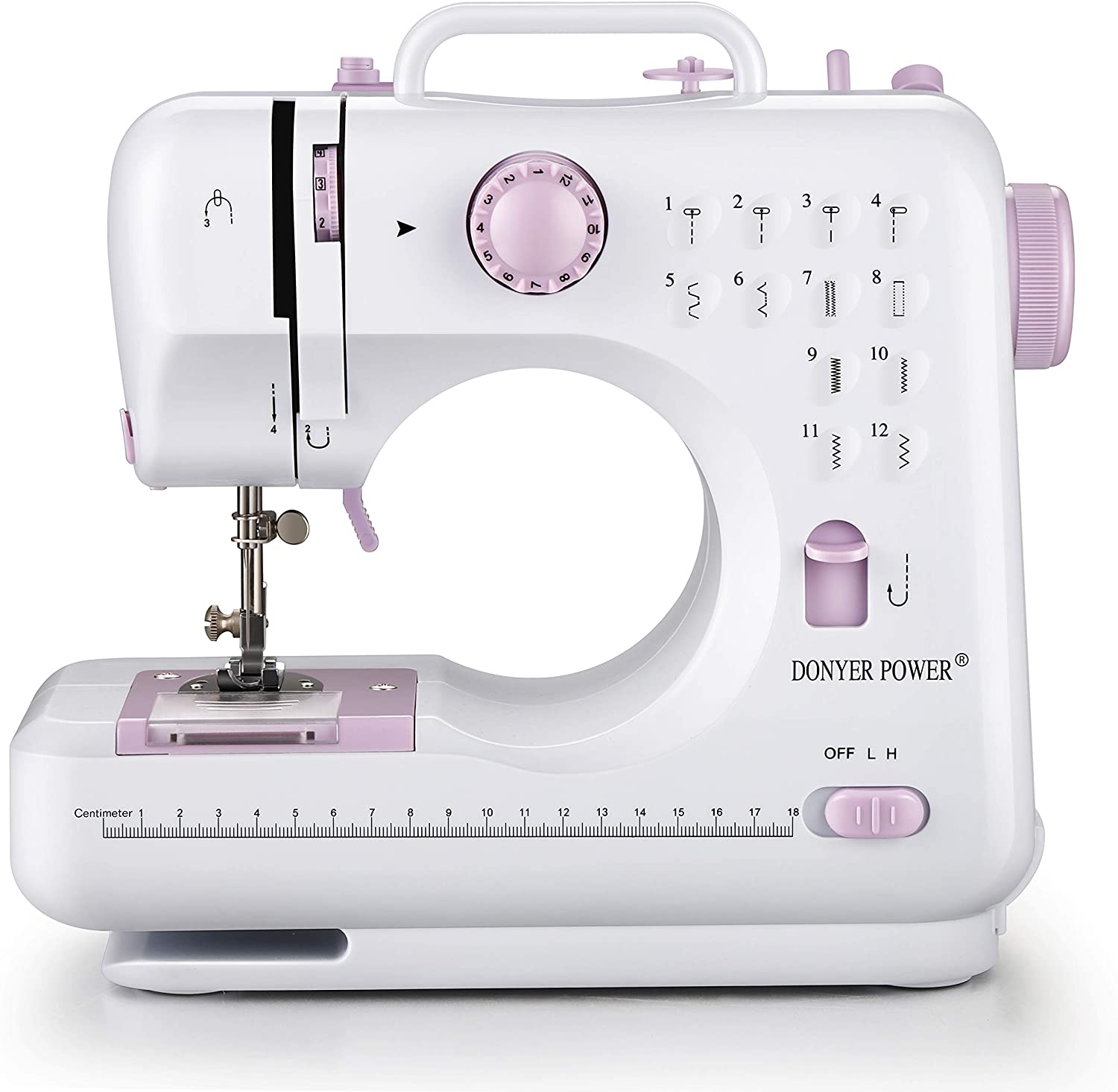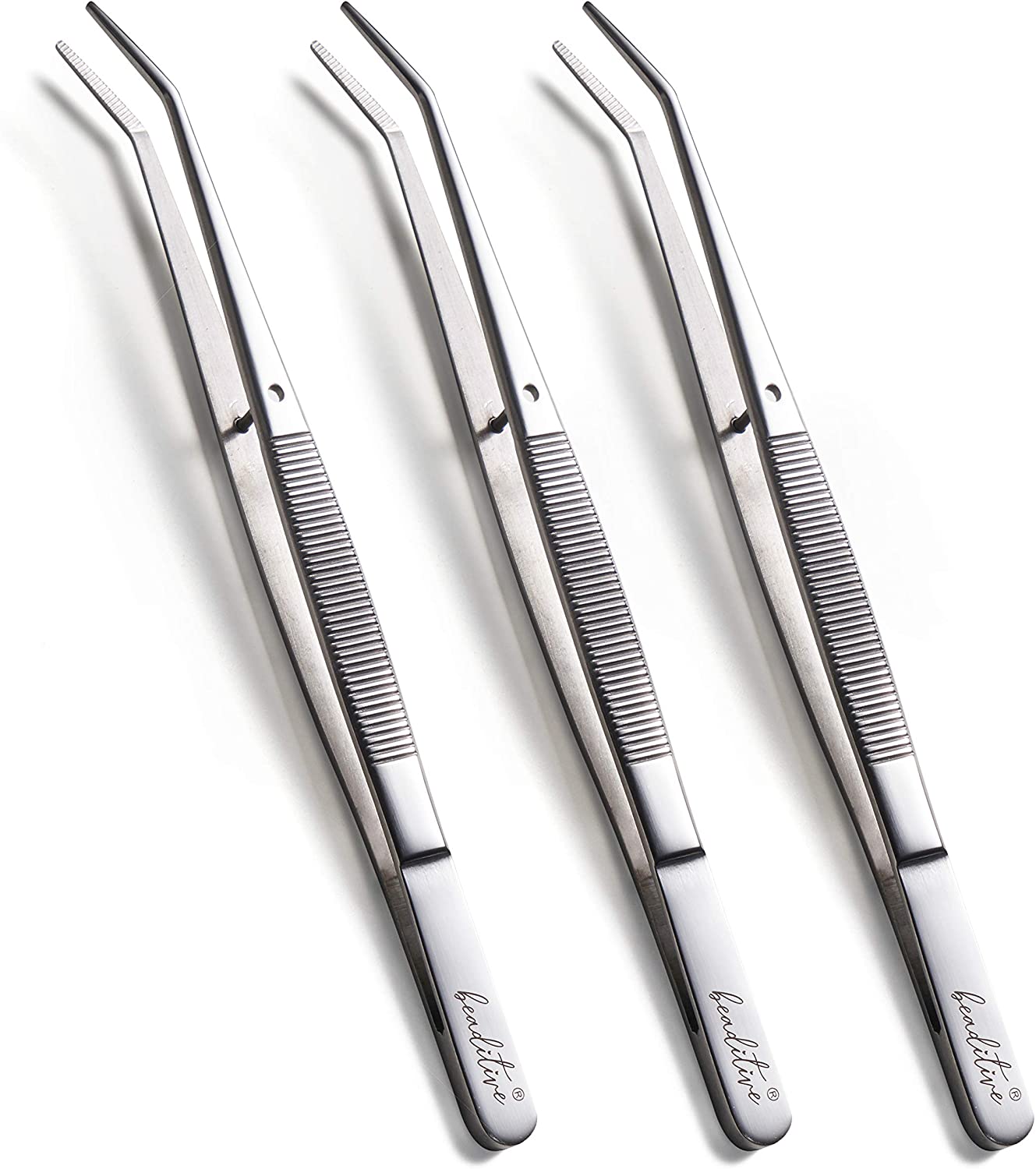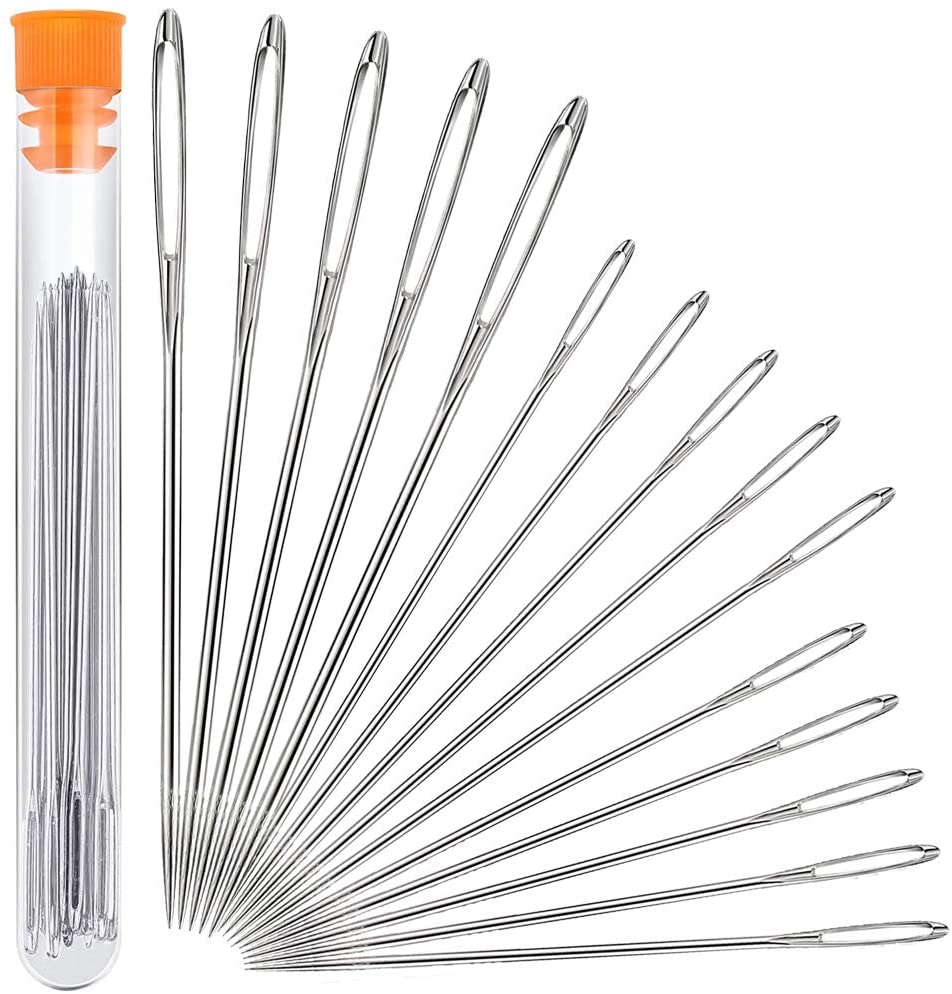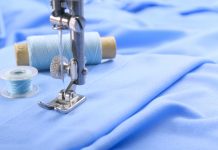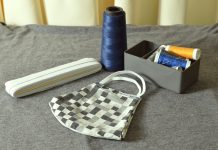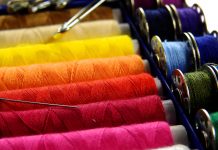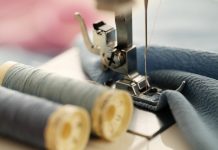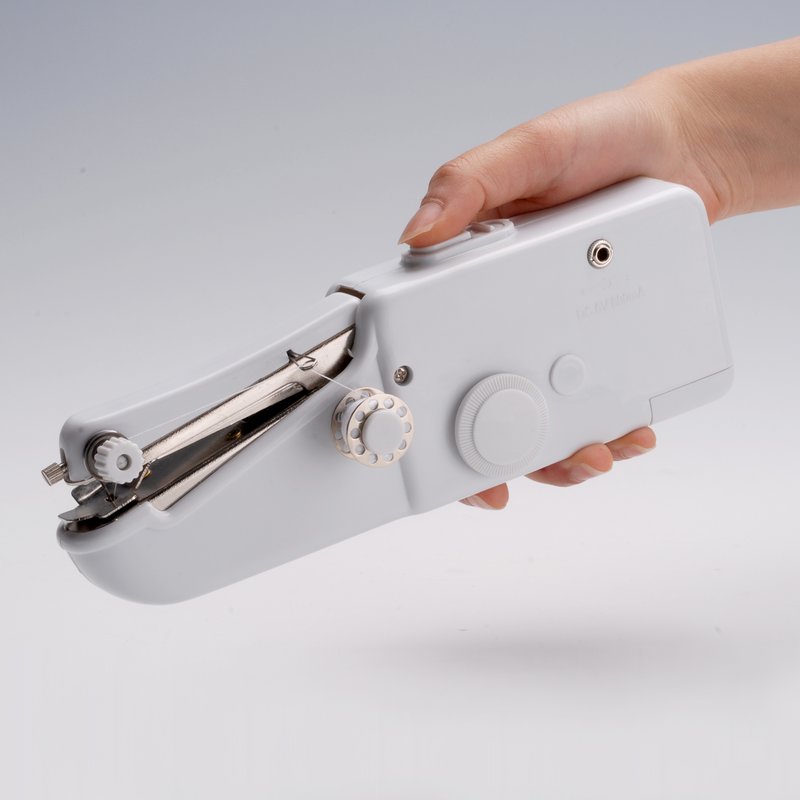Threading a needle is a notoriously difficult and frustrating task. While it may seem like an incredibly difficult chore at first, threading a needle can actually be a fairly straightforward and stress-free task once you understand the proper way to do it.
To make things as easy as possible, we have decided to provide this basic guide, which will explain some simple tips and tricks you can follow to make threading a needle as easy as possible. Not only will this prevent you from becoming frustrated and annoyed, it will save you valuable sewing time!
8 Useful Tips to Make Threading a Needle Much Easier
Whether you choose to just use one or two of the tips below, or try all of them, you will find it easier to thread a needle than ever before. You can use the following tips to thread a sewing machine needle, or a standard handheld needle:
1. Cut the End of the Thread with Sharp Scissors
If the tip of the thread you are attempting to slip through the eye of your sewing needle is frayed, you are going to have a really difficult time. This is why it can help to cut the tip of the thread with a sharp pair of scissors.
A clean-cut thread is always going to be easier to work with than a thread that has a shredded and fuzzy end. You do not have to cut off a large chunk of the thread, just enough to give it a cleaner tip.
Having a pair of sharp and durable sewing scissors in your sewing room or sewing kit is always helpful. Not only will a pair of sharp scissors make it easier to thread your needles, but they can also be used to cut loose threads, trim pieces of fabric to more manageable lengths, and much more.
We highly recommend investing in this pair of ESHATO 10-Inch High-Carbon Steel Sewing Scissors. The high-carbon material ensures long-lasting sharpness, and the curved handles make them extremely comfortable to use. As an added bonus, each purchase comes with a smaller pair of U-shaped utility scissors, which are great for small, detailed work, such as trimming burrs and cutting the ends of thread.
2. Trim Your Thread on an Angle
Not only is it a good idea to trim the tip of your thread to ensure it will fit through the eye of your needle better, you should always trim thread on a 45-degree angle.
This angled cut will reduce the circumference of the thread, which will naturally make it easier to get through the small hole at the tip of your needle. Again, this is why it is so important to use a sharp pair of sewing-specific scissors. Trimming the thread on the appropriate angle will be much more difficult if you are using a dull pair of kitchen scissors.
3. Place a Contrasting Background Behind the Thread and Needle
Part of the reason why it is so difficult to thread a needle is the fact that it can be difficult to see what you are doing. Using a background that creates contrast between your thread and what is behind it will improve visibility and make the task that much easier.
Unless you are using a white or light-yellow thread, a white board should create the contrast you need to be able to see what you are doing. You do not need anything too big. In fact, a small piece of Bristol board that is about the size of a playing card should do the trick.
You can keep this small, white piece of stiff paper in your sewing kit, or you can have it attached to the back of your pincushion. If you have a white colored sewing machine, even using the surface of your machine can help.
Some sewing enthusiasts will even place a white cutting and measuring mat on the surface of their work area. Not only does the contrast it creates make it easier to thread needles, it protects the surface of your table and makes it much easier to make quick measurements.
We recommend the U.S. Art Supply White and Blue Professional Self-Healing Sewing Mat. The grid surface makes it easy to make precise measurements and the six-layer thick, self-healing design helps protect the surface of your table.
4. Stiffen the End of the Thread so it is Easier to Insert Through the Needle
Stiffening the end of your thread is an old sewing trick that makes it much easier to insert it through the eye of a needle. There are several ways you can do this.
Some of the most basic methods involve wetting the end of your thread with either saliva or water. However, it is important that you do not soak the thread, otherwise it will just become even more limp and difficult to work with.
If you are sewing by hand rather than with a sewing machine, you can even stiffen up the end of the thread by rubbing it against a small piece of wax. Beeswax works really well for this purpose. Just make sure you do not use wax if you are threading a sewing machine, as the excess wax can actually clog up the internal mechanisms, like your machine’s feed dog.
If you sew by hand often, this Dritz Beeswax with Holder is really convenient. Not only is it easy to use, it will make it much easier to thread your needles. It also strengthens your thread and helps to prevent frustrating tangles. Best of all, the wax is guaranteed not to stain or discolor your thread. The container even features easy-to-use thread slots, so you can quickly and efficiently give your thread a quick coating of wax.
Stiffening up the thread with a bit of wax is a really useful trick if you are working with a low-quality piece of thread, as it will add some much-needed structure to the thread and make it easier to direct it through the eye of your needle.
5. Consider Using a Wire Loop Needle Threader
More often than not, a needle threader will come packaged with sewing needles. Even if your sewing needles did not come with a needle threader, they can be purchased separately at a very low price from any sewing supply or fabric store.
While they are really easy to come by, surprisingly few people actually use them. Essentially, the consist of a small metal piece that you grip between your index finger and thumb and a small, looped wire. These small pieces of equipment make it easier to pull your thread through the eye of your needle and they work just as well with sewing machines as they do when you are choosing to sew by hand.
This three-pack of SINGER 00058 Metal Needle Threaders is the perfect budget-friendly option. They make it much easier to thread your needles and help reduce eye strain, which can become an issue if you struggle to see the eye of your needles.
They are compatible with sewing thread, embroidery floss, and various types of yarn. They are a bright red color, so you can easily locate them within your sewing bag. The fact that you get three lightweight needle threaders for such a low price is reason enough to pick up a pack!
6. Use the Automatic Needle Threader if Your Sewing Machine Has This Feature
While it may sound fairly obvious, surprisingly few people take advantage of the automatic needle threading feature on their sewing machines. Sewing machines have never been as advanced or affordable as they are today, which is why even the entry-level, mechanical sewing machines often come equipped with an automatic needle threading feature.
If you are unsure if your machine has this built-in feature, simply read through the instruction manual. If you are lucky enough to have a machine with an automatic needle threader, you will never again have to worry about the frustration of threading a needle by hand. With most sewing machine models, the automatic needle threader is activated with a simple lever, dial, or, if you have a computerized machine, a simple push button.
After all, why struggle and strain when your sewing machine can do all of the work for you?
Even an entry-level sewing machine, like the Donyer Power Mini Electric Sewing Machine, has a built-in needle threader and stitch-length adjustment dial. This just goes to show that even the most budget-friendly sewing machines now have advanced features that were once reserved for only the most expensive models.
7. Use Tweezers to Get a Better Grip
Threading a needle involves some delicate and steady handling. Some people find it easier to hold the thread with a pair of tweezers, as it allows them to get a firmer grasp on the thread.
A set of tweezers can be particularly helpful if you are threading a sewing machine that does not have an automatic threading feature. Not only will the tweezers let you get a firm grip on the thread, the long handle will allow you to get the thread into tight spaces where your fingers might not fit.
While you can certainly use a standard pair of household beauty tweezers, it will be easier if you use a longer pair that are designed for sewing and other intricate work.
This set of three Beaditive 6-Inch Sewing Machine Tweezers are a perfect option. The serrated and bent tips really allow you to get a firm hold on your thread, which means greater control and precision.
The fact that they are made from industrial-grade stainless steel means that these heavy-duty sewing tweezers will last for many years to come. Even if you only sew by hand, a good pair of tweezers can save you plenty of time and frustration when it comes time to threading needles.
8. Make Sure That You Are Using the Right Size Needle for Your Thread
Whether you are using a sewing machine or simply stitching by hand, the type of needle you use will determine how difficult it will be to insert your chosen thread. More specifically, it is important that you choose a needle with an appropriately sized eye.
If you often work with thick threads that are designed for stitching heavier pieces of fabric, you will want to choose a durable and sharp sewing needle that has a large eye.
Not only will using a needle that has an eye that can actually accept your chosen thread make things easier during setup, it will also prevent unnecessary damage to the thread as you are making your stitches.
These Hekisn Large Eye Stainless Steel Sewing Needles are a great option for anyone that stitches by hand. This 15-pack comes with three different sizes, so you will have sewing needles for whatever type of thread you choose.
Due to the extra-large eyes, these needles are incredibly easy to thread, even if you are using thicker threads like yarn. Best of all, they are available at a budget-friendly price. When you think about how much time you can waste struggling to thread a needle with a small eye, investing in one of these 15-packs is a bit of a no-brainer!
Final Words
While threading a needle can be one of the most frustrating things about sewing, it can be made much easier if you just follow a few quick tips and tricks. With enough practice, these little time-saving techniques will become second nature and you will not even have to think about doing them.
By investing in a few affordable tools, like a few loop needle threaders, some good sewing scissors, large eye needles, sewing tweezers, and beeswax, you will be able to thread a needle like a machine!
Remember, practice also makes perfect. Just because you struggle to thread a needle now does not mean that it will always be so difficult and frustrating. Like any sewing skill, threading a needle will become easier the more often you do it.

